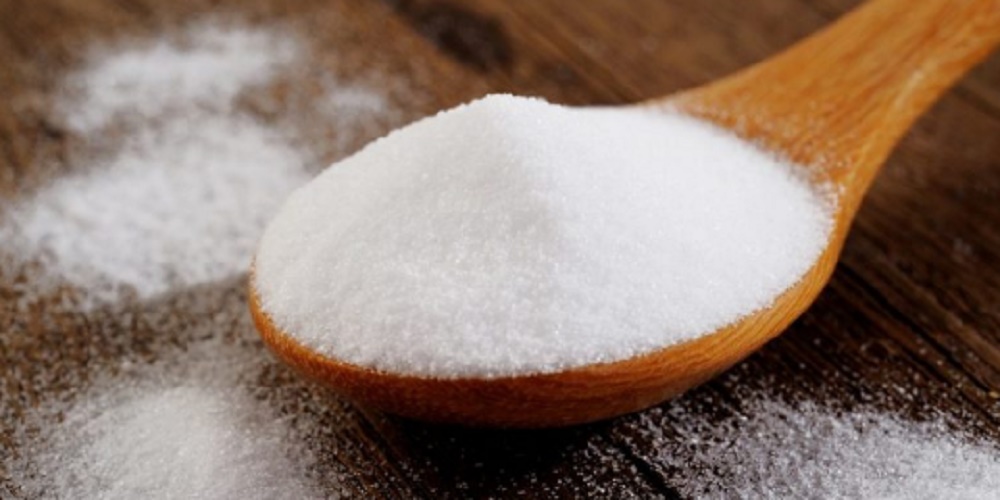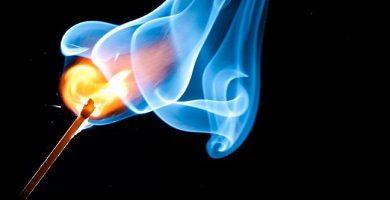What is inorganic chemistry?
We explain what inorganic chemistry is and how this natural science is classified. In addition, inorganic compounds and examples.
-
What is inorganic chemistry?
Inorganic chemistry is called the branch of this natural science that focuses its study on the formation, composition, classification and reactions typical of inorganic compounds , that is, those in which carbon-hydrogen bonds, typical of chemistry, do not predominate. organic
The distinction between organic chemistry and inorganic chemistry is not always as visible as it seems, and often the two areas of study overlap or share their field, as is the case in organometallic chemistry.
Initially it was thought that the difference between them had to do with a certain “vital impulse” of the organic one, since it is what allows the emergence of life ; but these hypotheses have been discarded as the mystery of the emergence of life is better understood.
In general, inorganic chemistry can be thought of as chemistry without carbon , although artificial and laboratory-based compounds such as fulerene, graphene, nanotubes and carbides, among others, can now be obtained in the laboratory in a completely synthetic way, being rather inorganic compounds despite understanding pure carbon atoms.
Inorganic chemistry is a field very close to the interests of geology , mineralogy, magnetochemistry, geochemistry and other similar fields of application.
-
Classification of organic chemistry

Inorganic compounds can be of the following types:
- Acids . Acids are corrosive substances that have a pH lower than 7, and which, when dissolved in water, produce a solution of hydronium cation (H +). Acids have a sour or bitter smell and taste, and in their reactions they usually donate electrons .
- Bases . Substances or alkalis are called substances that in aqueous solutions contribute OH- ions, that is, they accept protons (H +). Its taste is bitter, its soapy touch and react with acids forming salt and water.
- Oxides . Oxides are combinations of oxygen and another element, whose stable combinations occur in the three states of matter at room temperature. Due to this enormous variety, these are very common compounds, divisible into two types of oxides: metallic and non-metallic.
- Metal oxides . Fruit of the union of an oxygen atom and a metallic element, these are basic oxides that, when reacted with water, form hydroxides. That is why they are called basic oxides or basic anhydrides.
- Oxides nonmetallic . Fruit of the union of an oxygen atom and a non-metallic element , these are acidic oxides that react with water to form oxacids. That is why they are called acid oxides or acid anhydrides.
- Sales . Chemical compounds product, typically, of the union between an acid and a base (neutralization), that is, formed by anions (negative ions) and cations (positive ions). Its structure is usually crystalline, they are soluble in water and are good conductors of electricity .
-
Examples of inorganic compounds

Some common examples of the compounds detailed above are:
- Acids : sulfuric acid (H2SO4), acetic acid (C2H4O2), hydrochloric acid (HCl), acetylsalicylic acid (C9H8O4).
- Bases : caustic soda (NaOH), milk of magnesia (Mg (OH) 2), pool chlorine (NaClO), sodium bicarbonate (NaHCO3).
- Oxides :
- Metallic : cuprous oxide (Cu2O), cupric oxide (CuO), ferrous oxide (FeO), sodium oxide (Na2O).
- Non-metallic : carbon dioxide (CO2), carbon monoxide (CO), sulphurous anhydride (SO2), dibromo monoxide (Br2O).
- Salts : sodium chloride (NaCl), calcium phosphate (Ca3 (PO4) 2), sodium hydrogen sulphide (NaHS), magnesium hydroxychloride (MgCl (OH)).





